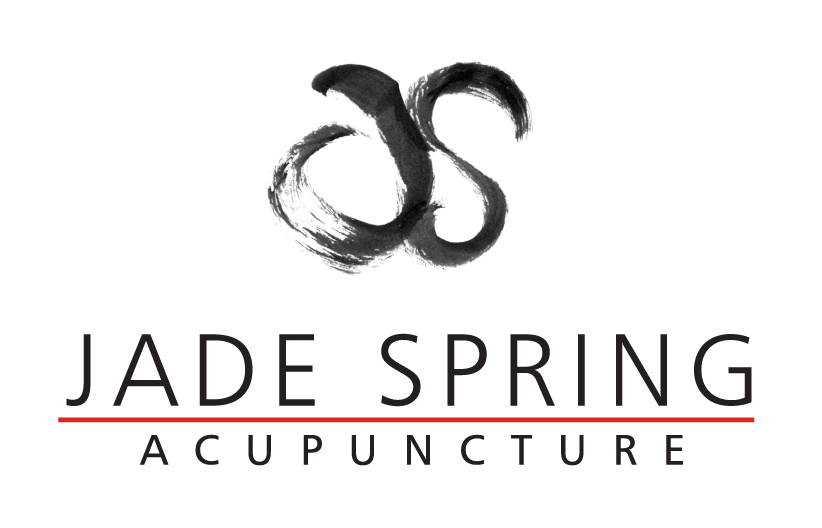Ice or heat - what's better for sore muscles & injuries?
Should I use ice or heat for my injury or sore muscles?
This question comes up often in the treatment room, so today I want to share some principles on how western and Traditional Chinese Medicine views these therapies, as well as guidelines for deciding between ice and heat.
In Traditional Chinese Medicine (TCM), the use of ice and heat is approached with careful consideration of the body's internal balance and the nature of the ailment being treated. A fundamental concept of TCM is that of Yin and Yang, where Yin represents coldness, stillness, and passivity, while Yang embodies warmth, activity, and vitality.
Ice
From the western medicine perspective, ice is commonly applied in the acute phase of injuries, such as sprains or strains, to reduce swelling and numb pain. The cold constricts blood vessels, which can limit inflammation and decrease metabolic activity in the affected area. This application is typically recommended for the first 48 hours following an injury, after which it may be less effective.
Because cold constricts blood flow, ice is often viewed as potentially harmful in TCM, as it can exacerbate conditions associated with cold or dampness, which can be factors in muscular-skeletal conditions and joint pain. The use of ice can stagnate the flow of Qi and blood, leading to increased pain and discomfort.
Heat
On the other hand, heat is generally seen as beneficial for promoting circulation, alleviating pain, and supporting the body's healing process. We know from western medicine that heat therapy promotes blood flow, supports tissue elasticity, relaxes muscles, and reduces discomfort. Because of this, TCM practitioners often recommend the application of warmth, especially for conditions characterized by coldness or deficiency, such as with chronic pain, arthritis, muscle tension, or menstrual cramps.
Of course, the application of heat is not universally beneficial. In cases of acute inflammation, heat can worsen the situation by exacerbating swelling and pain. While ice is preferred right after an injury, many people end up using it for too long. Good blood flow is essential when it comes to healing muscle tissue, and when it becomes constricted in iced tissue, it can slow the healing process significantly.
One of my favorite ways to apply heat is with the microwavable rice- and flaxseed-filled heating pads that I make and sell. They are very soothing, and will do a great job at easing pain, stiffness and tension. If you haven’t experienced one of them in the treatment room, and would like to try it, let me know the next time you come in.
The best of both worlds
Sometimes it is beneficial to combine both therapies to optimize recovery and manage pain. In such a caseice and heat are alternated, and the theory is that this can stimulate extra blood flow into the injured area. The ice will numb pain and clear swelling, and following this with heat will open the blood vessels and bring in more circulation. When combining ice and heat, I would usually suggest that you end with heat.
Ultimately, the choice between ice and heat in TCM is guided by the principles of balance, with the goal of restoring harmony within the body and promoting optimal health. In practice, it often depends on the stage of the injury and the individual's specific needs. Therefore, TCM practitioners assess each case holistically, considering all signs and symptoms, as well as the body’s overall constitution.



